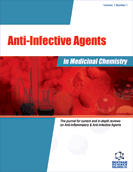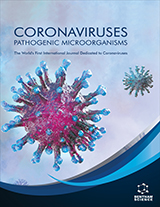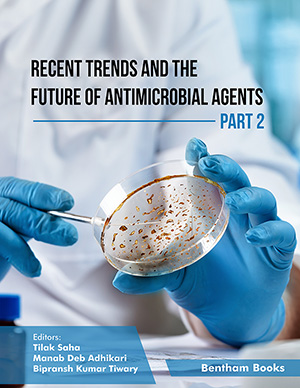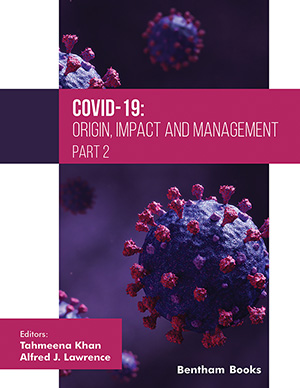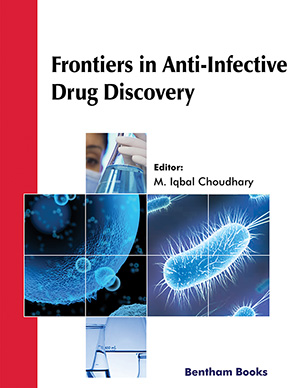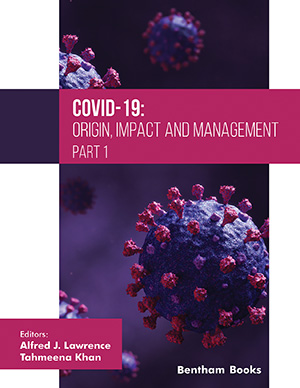Abstract
The intensive usage and the efficacy of quinoline and artemisinin antimalarials have led scientists to focus mainly on these two families of compounds resulting in the other classes of antimalarial drugs being ignored. Recently atovaquone, a hydroxy-naphtoquinone derivative, was reported as an effective antimalarial drug against the multidrugresistant parasite with a novel drug mechanism. This discovery, which emerged from earlier studies, opened a new approach for the design of new quinone antimalarials. Other well known anthraquinone antibiotics such as tetracycline and doxycycline have been in use in malaria prophylaxis for more than three decades. This review aims to explore the background to the discovery of existing quinone antimalarials, and the advance in the chemistry and biochemistry of synthetic and naturally occurring quinones with antimalarial activity. Reactions and metabolism of antimalarial quinones in animals and men are considered, focusing on compounds that are or have been used to treat human malaria, with an emphasis on the relationship between metabolism and biological effects.
Keywords: Quinones, malaria, metabolism and biological effects
 10
10

